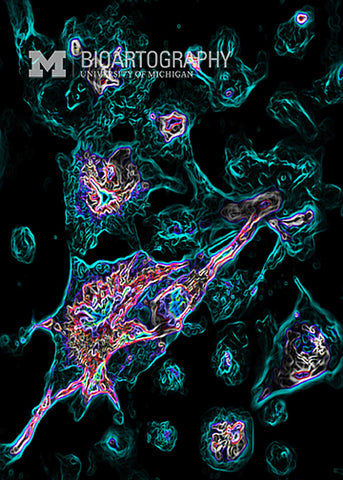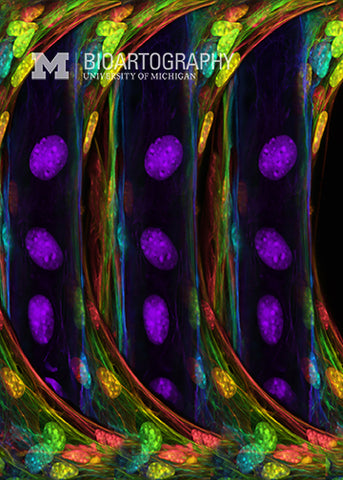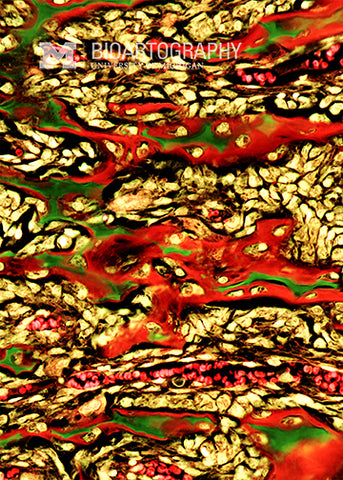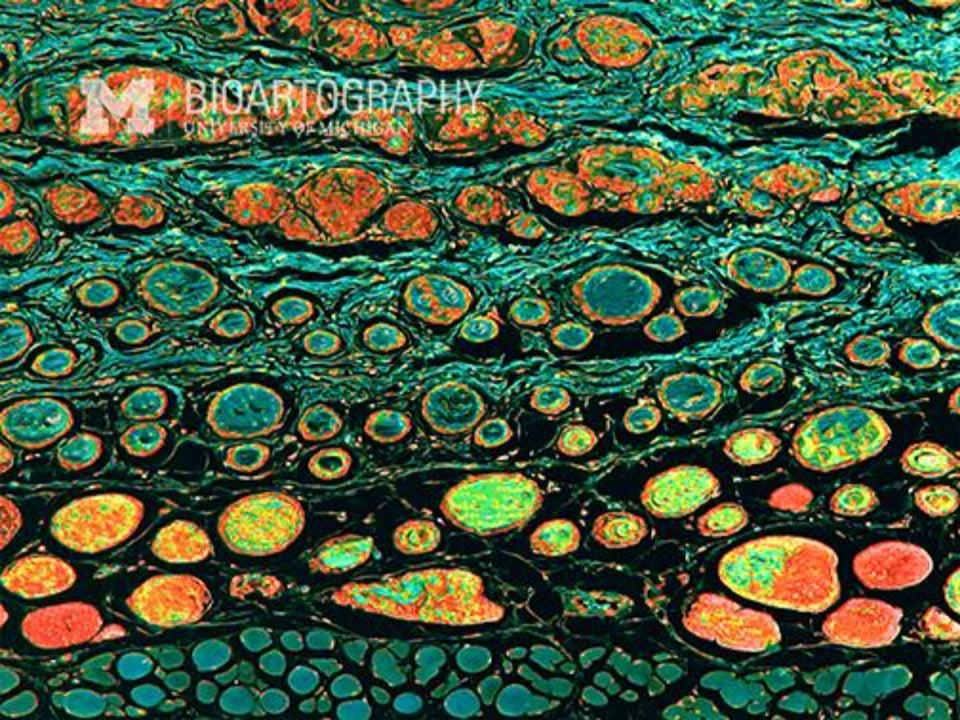
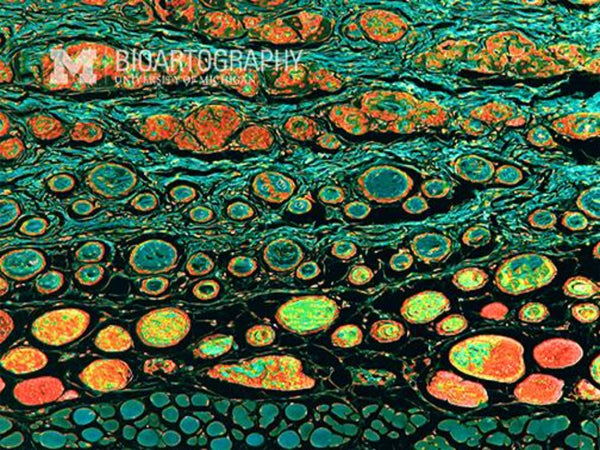
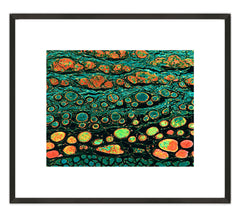
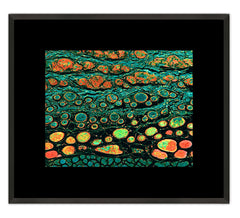
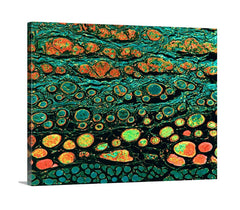
Callie Corsa, Ph.D., Postdoctoral Fellow (MacDougald Laboratory), Department of Molecular and Integrative Physiology, University of Michigan Medical School
In people with the rare disorder, familial partial lipodystrophy (FPLD), fat tissue is abnormally distributed in the body. They typically have less fat in their hips, arms and legs, but have more fat around their face, neck and liver. The most common type of FPLD is known as type 2 (FPLD2) and the gene responsible for this condition is known; therefore, it is possible to create a genetically engineered mouse model of the disease. This image is a tissue section of skin from a mouse with the FPLD2 mutation. If you were a pathologist, you would be struck by the lack of fat cells in this tissue. The round elements are cross sections of hair follicles at various levels. While the gene is known, it is not clear how a mutation in that specific gene causes this condition. This type of animal model, which accurately mirrors the human condition, can be a valuable tool to study these underlying mechanisms and potentially develop therapeutic strategies to treat this devastating disease.
20-062

